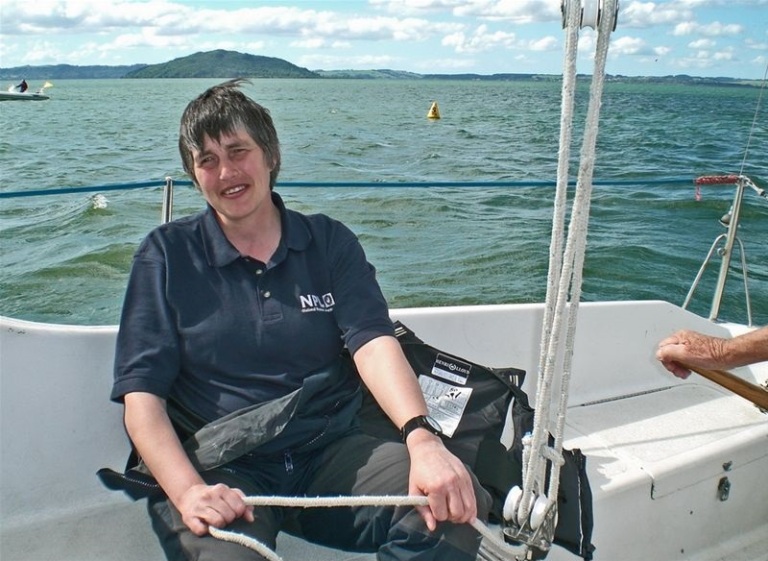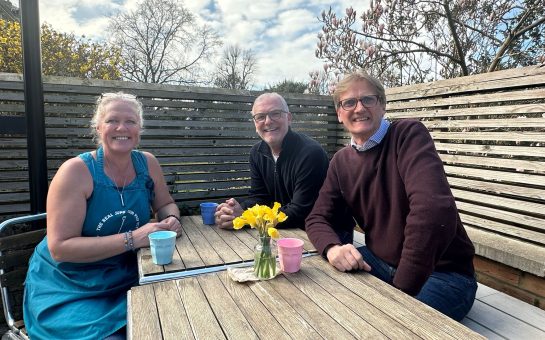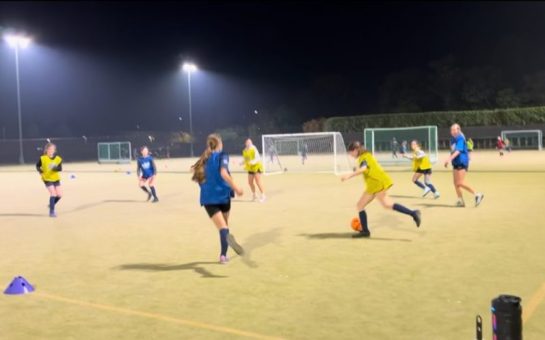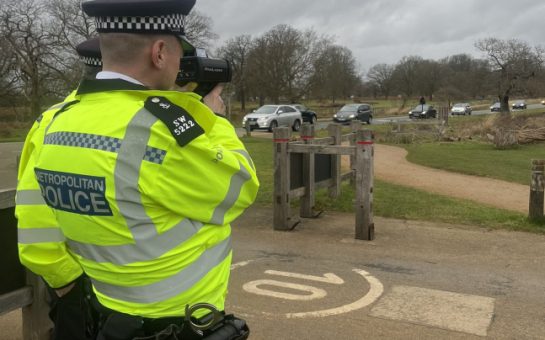Blind athlete Jackie Venus may have already competed for Great Britain at a World Championship, but now she is planning to do it all over again in a different sport.
In 2009 the 52-year-old from Richmond, who was diagnosed with the visual impairment Dominant Congenital Optaglatrophy with Nystagmus and Cataracts in the late 1990s, competed in the blind sailing World Championships but is now on track to represent her country again in blind bowls.
Jackie, the chairperson of the Visually Impaired Society of Richmond, started competing in blind bowls a few years ago and played for England in a triples tournament against Scotland, Wales and Northern Ireland in Glasgow in 2013.
“I hope to qualify for the World Championships at some point in time. You have to win the National Championships to qualify for the worlds and I’m working on that at the moment,” she says.
“I have what I call bathroom vision. It’s like looking through a bathroom window. You can see outlines but you’re not sure what the detail is.
“This is my third season playing blind bowls. We play predominantly blind bowls but because we don’t get much practice, I’ve joined a sighted club, Hampton bowls club.
“We have tournaments that are set up where we as visually impaired people play sighted people and thrash them which they don’t expect.
“I think they put in their weaker team thinking we’re not going to win and then they get defeated.”

SMOOTH WATERS: Jackie Venus competed for Great Britain at the Blind Sailing World Championships
Jackie competes for Metro Blind Bowlers based at Ravenscourt Park in Hammersmith, and explained the domestic competitions that exist for the game.
“There is one a month throughout the summer season. We’ve got one in May in Weston-super-Mare, the nationals in June at Leamington Spa, an open tournament in Hastings in July and in August we have the National Triples Tournament,” she adds.
“We go away maybe for a week, play three or four games a day and it’s usually a round robin. Then there might be a final between the top two.”
Blind bowls is played by athletes who are blind or partially sighted and have a sight classification ranging from B1 to B3 depending on their level of vision.
The game is similar to sighted bowls but there are adaptions.
“They run a string underneath the mat from end to end so you have a directional guide off the string,” says Jackie.
“The Jack is always placed on the string to start with and then when you bowl, the marker stands by the Jack and he says how far away from the Jack your bowl is and what direction, so like three foot and 2 o’clock or six foot at 4 o’clock.
“Then you build up a picture in your head of where everybody’s bowls and your bowls have gone and adjust your position accordingly.”
The Metro bowler went on to highlight one of the biggest barriers for people being able to participate in blind bowls.
“I think the biggest issue is you need volunteers. Without the sighted volunteers it’s very difficult. I know with Metro in London we have a huge problem with getting volunteers.
“Some of us with some sight do our best and guide people as best we can but it can get a bit chaotic if there are too many players and not enough sighted helpers.”
Before playing bowls, Jackie competed in blind sailing.
Having sailed as a teenager, she took up the sport again in 2004 after retiring from work and learned to sail at Queen Mary’s Reservoir with Sailability.
“A lady I met in the gym said her husband worked for Sailability on a Tuesday for disabled people and asked if I would like to go. I said yes. He took me along and they were very keen and encouraging,” adds Jackie.
“When the opportunity to sail in the World Championship came up I was like don’t be silly, I’ve only been sailing for two years.”
In 2009 though she was part of the Great Britain team who competed at the World Championships in Rotorua in New Zealand, winning two silver medals.
“In that type of sailing we sail keel boats which are 25 feet long and they have a keel which stops them from toppling right over,” she adds.
“Generally the course is set to run for about an hour. You do a couple of laps of the same course and you have to go round the buoys and the marker boat. If you hit one of the buoys you have to do a penalty loop and try to catch up.
“You are split into your sight categories and then in each boat you have two visually impaired and two sighted people.
“The visually impaired people do the helm, so steering the boat, and the main sail, which controls the power of the boat.
“Then one of the sighted people controls the jib, which is a small sail, while the other is the tactician giving out the instructions.
“The sighted people cannot touch you or anything you are using. So for instance if I was doing the main sail and I got a knot in the sheet, he can only tell me verbally how to untie it.
“That person is generally someone who has competed nationally themselves in the past but has now retired.”
Images courtesy of Jackie Venus, with thanks




